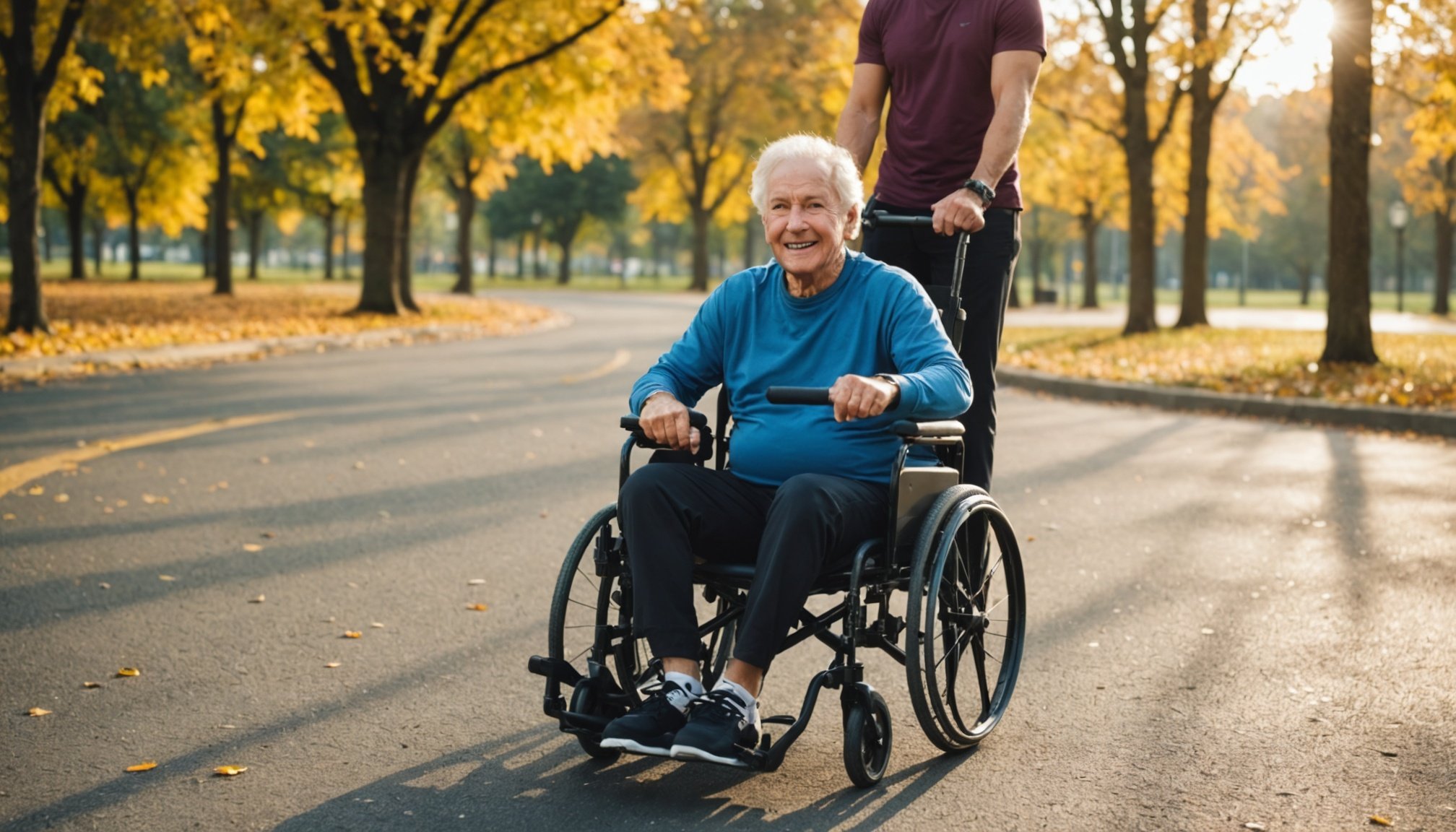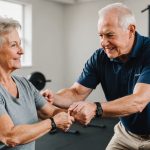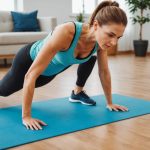As our global population ages, the importance of maintaining physical health becomes ever more apparent, particularly for older adults. Exercise plays a pivotal role in promoting well-being and enhancing quality of life, but what if your mobility is limited? Fortunately, tailored exercise regimens can be adapted to meet the unique needs of seniors, ensuring that everyone can enjoy the numerous benefits of physical activity. In this article, we explore how exercise can be customized for individuals with restricted movement, highlighting effective strategies and interventions.
Understanding the Challenges of Limited Mobility
For individuals with limited mobility, engaging in physical activities may seem daunting. It’s crucial to comprehend the various challenges they face before designing an effective exercise regimen. Often, age-related conditions like arthritis, osteoporosis, and muscle weakness contribute to reduced mobility, making traditional exercise routines difficult or even unsafe.
In the same genre : How can telehealth services improve access to care for rural populations?
Overcoming Physical Barriers
When crafting an exercise plan, it’s vital to consider how physical limitations affect one’s ability to engage in different types of activities. For many, standing or walking for extended periods may not be feasible. Hence, incorporating seated exercises and resistance training can be beneficial. Resistance bands and light weights can be used to develop strength without putting undue pressure on the joints.
Psychological Considerations
Limited mobility also impacts mental well-being. Feelings of frustration and helplessness are common, and these can deter individuals from pursuing physical activity. By creating an environment that celebrates small victories and progress, it becomes easier to build confidence and encourage consistent engagement.
Also read : How does exposure to air pollution correlate with respiratory diseases in children?
Safety First
Safety is paramount, especially when dealing with seniors. Conducting initial assessments with health professionals to gauge physical abilities and limitations is essential. This step helps in formulating a safe regimen that minimizes the risk of injury while maximizing the benefits of exercise.
Designing Tailored Exercise Programs
Creating a tailored exercise regimen involves crafting a plan that caters to the individual’s specific needs and goals. The process is about striking a balance between safety and challenge, ensuring exercises are effective without being overwhelming.
Customizing Activities
Start by identifying the types of activities the individual can safely perform. Chair exercises, water aerobics, and tai chi are excellent options that cater to a wide range of abilities. These exercises focus on enhancing balance, flexibility, and strength without placing too much strain on the body.
Incorporating Technology
Modern technology has opened new avenues for exercising with limited mobility. Virtual reality workouts and interactive fitness programs can make exercise more engaging and accessible. These tools can simulate various environments, offering a sense of adventure and encouraging participation.
Progressive Training
Progression is key in any fitness program. Begin with low-intensity activities and gradually increase intensity as strength and endurance improve. Monitor performance through regular assessments to ensure the program remains appropriate and challenging.
Inclusion of Support Systems
Incorporating a support system, whether through a personal trainer, family member, or community group, can greatly enhance motivation and accountability. Exercise becomes a social activity, fostering a spirit of companionship and encouragement.
Role of Nutrition and Lifestyle in Enhancing Physical Activity
While exercise is fundamental, it operates in tandem with nutrition and lifestyle choices to produce optimal results. For individuals with limited mobility, focusing on wholesome nutrition and a healthy lifestyle can further enhance their exercise efforts.
Nutritional Support
A balanced diet rich in proteins, vitamins, and minerals is crucial for maintaining muscle mass and bone health. Proper nutrition helps in repairing tissues and boosting overall energy levels, making the body more receptive to physical activities.
Importance of Hydration
Hydration is often overlooked but is vital for effective exercise. Proper fluid intake helps in regulating body temperature and maintaining joint lubrication, which is particularly important for seniors engaging in exercise programs.
Lifestyle Modifications
Incorporating small lifestyle changes, such as prioritizing sleep, managing stress, and avoiding smoking, can significantly impact one’s physical capability and overall health. By embracing a holistic approach that combines exercise, nutrition, and lifestyle, individuals with limited mobility can maximize their potential for improved physical and mental well-being.
Monitoring Progress and Making Adjustments
An effective exercise regimen is never static. It requires continual monitoring and adjustments to ensure it remains beneficial and suitable for the individual. Regular assessments help in tracking progress and identifying areas that need improvement or adjustment.
Tracking Improvements
Using tools like fitness trackers or mobile apps can help in keeping a record of achievements and areas that require additional focus. These records provide a tangible sense of accomplishment, encouraging ongoing participation in physical activities.
Adapting to Changes
As individuals progress or encounter new challenges, adaptations to the exercise plan are necessary. Flexibility in the regimen allows for adjustments in intensity, duration, and type of activity, ensuring that the program continues to meet the individual’s needs.
Seeking Professional Guidance
Engaging with healthcare professionals throughout the process is invaluable. They offer expert advice and ensure that the exercise regimen aligns with any medical conditions or limitations.
Celebrating Success
Acknowledging milestones and celebrating even the smallest victories can boost morale and motivation. Recognizing accomplishments contributes to a positive mindset, reinforcing the belief in one’s ability to achieve fitness goals.
Tailoring exercise regimens for individuals with limited mobility requires a thoughtful, personalized approach that considers physical, psychological, and lifestyle factors. By customizing activities, incorporating nutrition, and continuously monitoring progress, individuals can experience the profound benefits of exercise. These tailored interventions not only enhance physical health but also foster a sense of independence and vitality. As we strive to support the aging population, let us remember that exercise is a universal tool for empowerment, adaptable to every individual’s unique journey.











